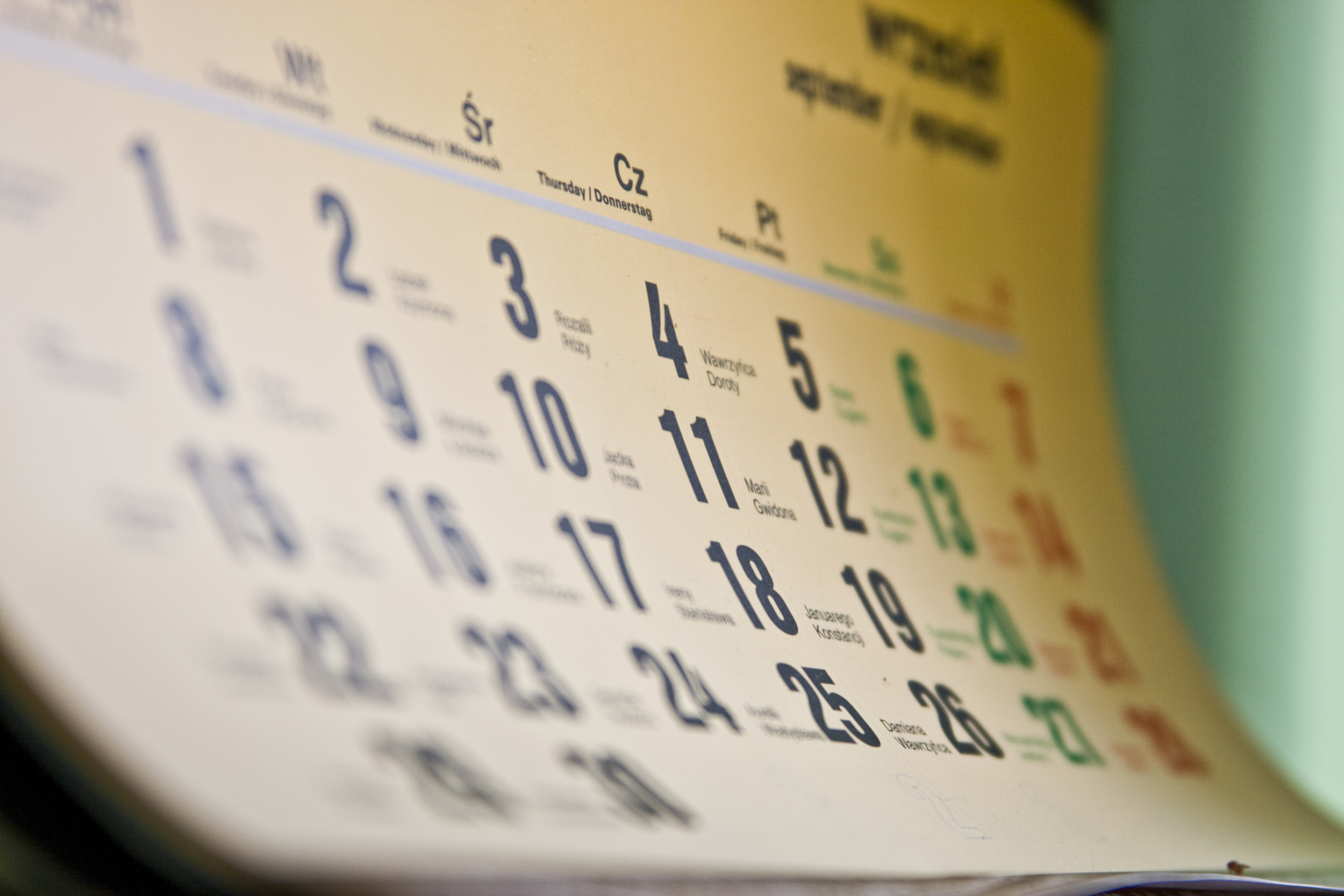We're sorry we weren't there to answer our phones.
This past Friday, the entire Studio Outside staff vacated our studio in Exposition Park and converged on the Trinity Audubon Center in Dallas for a full day of reflection on the company's growth in the past year, the state of the firm in the present, and the future of Studio Outside as the individuals that make up the company see it.
The third-annual staff retreat covered a wide range of housekeeping and state-of-the-union type topics including employee feedback (anonymously compiled from a survey), financial and budget reports for the firm, and an afternoon workshop focusing on the future of the firm.
Presenting visions for the future at the Trinity Audubon Center. Photo by Charlie Pruitt
bcWORKSHOP's Brent Brown presents to the Studio Outside team. Photo by Charlie Pruitt.
Meg Fitzpatrick, a strategy consultant with MMF Strategies, was the MC for the morning session which focused on comparing the state of the company today with the company a year ago, thorough feedback received through employee surveys. Everyone, from staff, to entry-level designers, to principals participated in the anonymous survey, the results of which were incredibly helpful both to see what we've improved on in the past year and also where we still have room to grow as a company.
The afternoon session was highlighted by a presentation from Brent Brown, the founder of the Building Community Workshop (bcWORKSHOP), a public design firm focusing on architecture and design that helps improve the quality of life for people within the community. Brent's passion for public design - as he explains it, design that takes into account the people and the community that it affects, even outside the project boundaries - is something that is shared by a lot of the people at Studio Outside. Much of the discussion during the afternoon was centered on this shared vision for design that impacts the Dallas community in a positive way - how can both bcWorkshop and Studio Outside participate in building and shaping a better quality of life for the citizens of Dallas in the future?
Studio Outside's Paul Freeland opens up the discussion for feedback. Photo by Charlie Pruitt.
Before we left, we were able to take a tour of the Audubon Center, a beautiful building constructed in 2008. Walking around the trails through the reconstructed blackland prairie and natural floodplain ponds, we learned that the site was formerly a trash dump - a forgotten patch of land next to the Trinity River in an area of Dallas that was less than desirable.
After talking all afternoon about becoming real stewards of our city and neighborhoods, the choice of location for the retreat couldn't have been more fitting.



